Text messages, pictures and videos are shared instantly with friends and colleagues around the world, and social networks have become a media by themselves. But, for the time being, most European emergency services can only be reached through the public switched telephony or mobile networks.
All over the world, citizens expect to be able to contact emergency services with technologies they use to communicate every day. Hence, a technical architecture is needed to resolve these issues – the “Next Generation 112 architecture (NG112)”.
NG112 addresses three major objectives:
- Communication between citizens and emergency services
- Interoperability between emergency services
- Open Standards approach
The European Telecommunications Standards Institute (ETSI), in partnership with EENA (the European Emergency Number Association), organised the third Next Generation (NG112) Emergency Services Plugtests™ event. This event was hosted by ETSI, from 28 January to 1 February 2019 in Sophia Antipolis, France.
The aim of the event was to trial independently and jointly all components of the 112 communication chain based on Next Generation networks. Different topics were addressed, including Location Based Emergency Call Routing, Policy Based Emergency Call Routing, and Next Generation Media Types.
The results of the tests show that the NG112 technology is mature and that a large number of vendors provide the various elements of the NG112 equipment chain and that those elements interoperate with each other. Thus providing a large choice of innovative products to build next generation emergency communication solutions. With the upcoming publication of ETSI TS 103 479 and its accompanying standards, the conditions for procurement and deployment are reached.
Find more in the event’s report, prepared by ETSI.
The Role of Geographic Information Systems in Next Generation 112
NG112 and the new Emergency Services Networks Landscape
